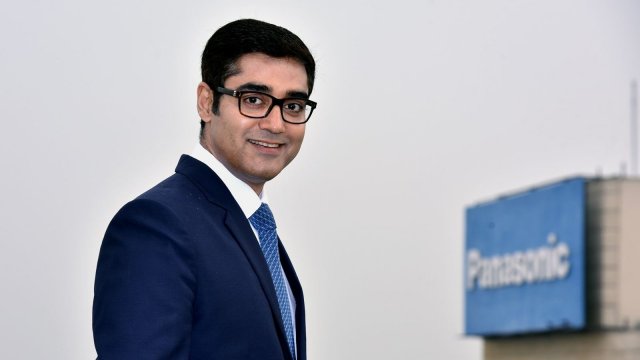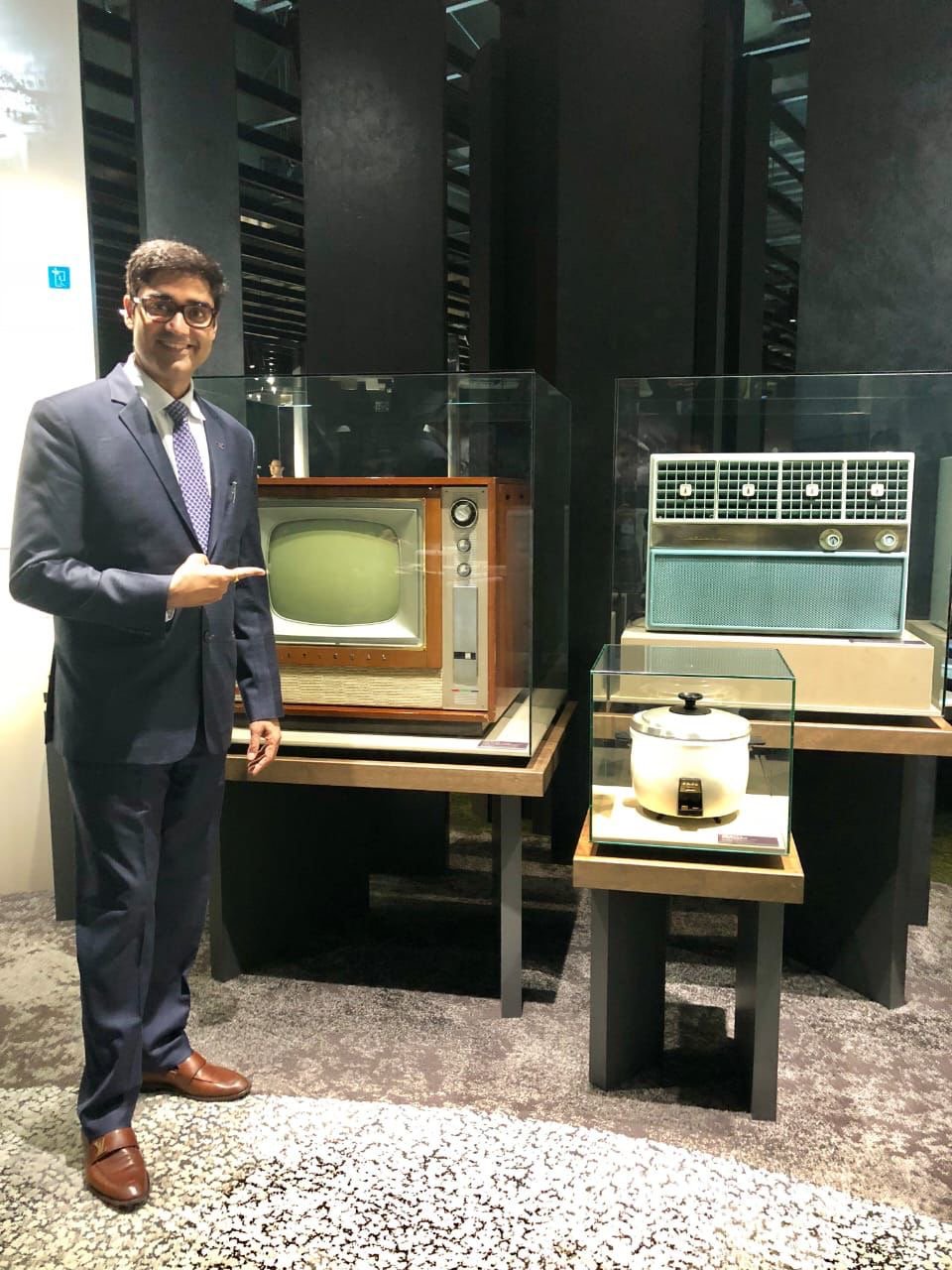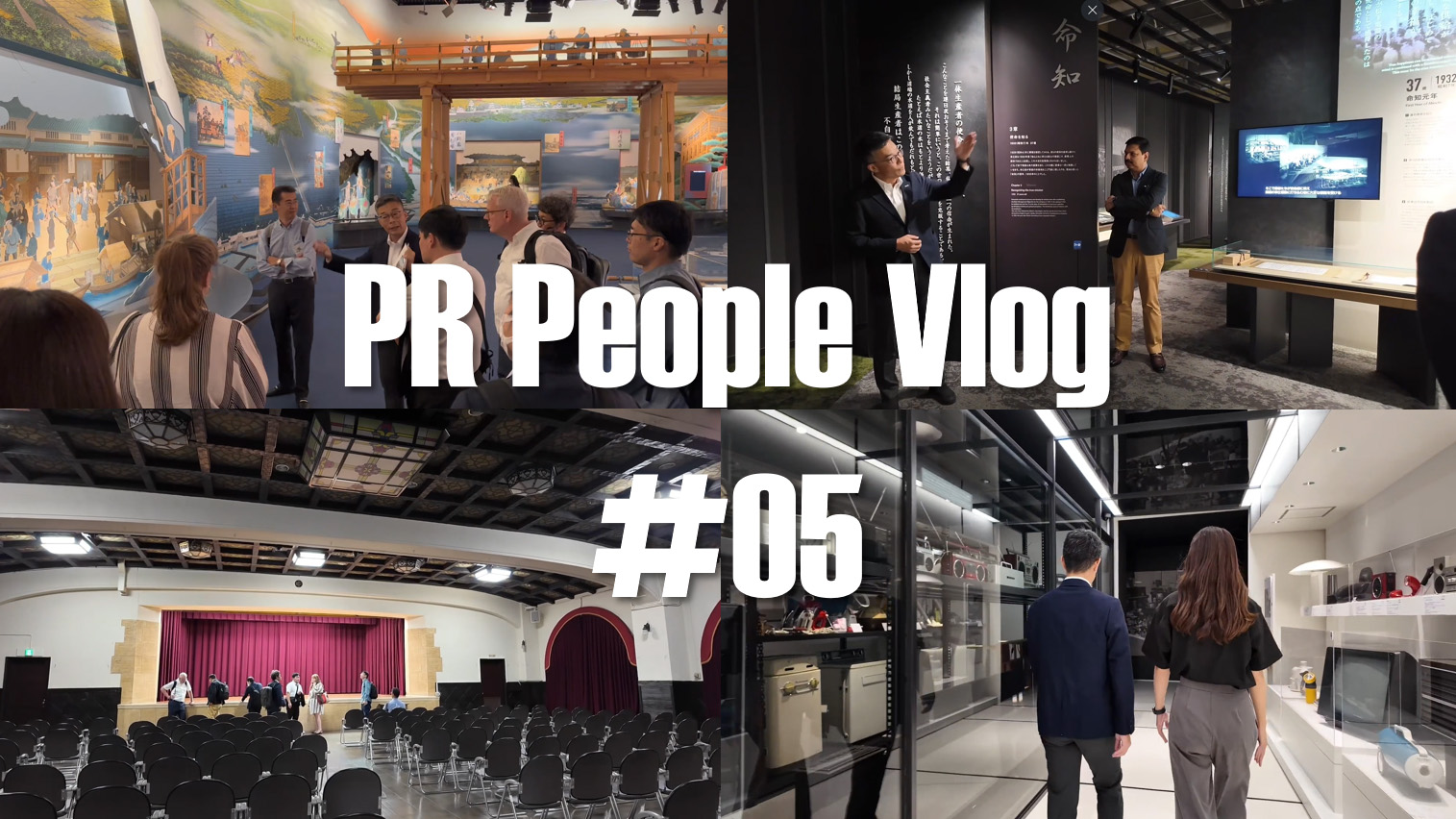
Manish Sharma, Chair and CEO of Panasonic India, has held several management roles overseeing different functions of the business since joining in 2008.
In the first part of this two-part series, Sharma reviews the history of Panasonic India and discusses the unique growth opportunities he sees ahead.
The Evolution of Panasonic India
Officially, Panasonic came into the country in 1972 but it was in 1994, when the foreign direct investment regulations were further relaxed, that Panasonic became a wholly owned subsidiary in India. Panasonic made several investments during that period and was a strong player until around 2000. Then Panasonic decided to strategically realign some businesses around consumer appliances and mobile phones globally. Some of these products were popular in India so did see an impact during 2003 to 2008. I like to refer to 2008 as the re-entry of Panasonic in India and just to quickly give you a perspective, our revenue today is 10 times of what it was in 2007 and at the time, the majority of our business was coming from televisions and wiring devices.
Looking back from our re-entry in 2008, I can divide these 13 years into three different phases for which the basic foundation was laid under the direction of our then Chairman Daizo Ito san.
The first phase, between 2008 and 2011, was about breaking the re-entry barriers, and our first challenge was to convince the stakeholders, who were the end consumers and the business partners, that Panasonic is now serious about the Indian market and we are here to stay. The second challenge was Panasonic then was known as a mom-and-pop brand but as you know 65% of the Indian population is below the age of 35. So, we had to reposition ourselves to become a household brand with a youthful image. For the first three years, we did large scale activities around marketing, regular meetings with our business partners showcasing our products and value proposition. And through these kinds of activities, our brand grew exponentially, both on reputation and revenue fronts.
Then the next phase was about establishing supply chain efficiencies in the country. This was a big challenge as India is very different in the way we reach out to consumers. Here, consumer products are retailed through more than 50,000 outlets. So it is highly fragmented and you do not have as many big outlets to sell products through as there would be in the West or developed markets. Then the next phase was about establishing supply chain efficiencies in the country. This was a big challenge as India is very different in the way we reach out to consumers. Here, consumer products are retailed through more than 50,000 outlets. And between 2012 and 2015, we executed two fundamental actions. First - we expanded our manufacturing in the country and set up three factories in 2012. And second - we established a distribution mechanism in line with increasing our reach into the country.
Providing locally customized products and driving digital transformation
Then the latest phase was about creating products and solutions, which are customized for the Indian market. We cannot simply propose global products to Indian consumers. Sometimes they might be over designed, or their cost might be too high for Indian consumers. And another aspect is the specifications and features of the products that are valued are very different. A simple example is that for a television which is developed for the European market, people may like the guitar sound more. However, in India, they like the drum sound more. So, we needed to customize those products and we have since developed a lot of products customized for the Indian market - a series of televisions called 'Sound for India' was developed. There was also an exclusive product which we designed in collaboration with Japan's R&D team called 'Cube Air Conditioners'.
This phase was also about digitalizing our products and solutions and to tackle this, we set up the India Innovation Centre (IIC) in Bangalore to improve our software development capabilities. And I'm extremely delighted to share with you that through the India Innovation Centre, we are now instituting a rapid shift in digitalization both in products and processes. In last four years, the India Innovation Centre has provided a lot of software development capabilities, and the top product which is coming to my mind is called Miraie. This is a platform (an IoT- and AI-enabled home appliance control system), which we have developed purely from scratch in India, and today, thanks to Miraie, we are one of the leading manufacturers of smart, connected and energy efficient air conditioners, home appliances and electrical devices. This is a major shift from where we started when our dependency on Japan was very high for products. Today, we are adding a lot of value locally to customize our products and to add value by making them smart, connected and energy efficient.
The unique opportunities of Panasonic India
I have realized in last 13 years that there are clearly two kinds of opportunities for Panasonic India. First is the market itself, the consumption and the growth potential of the country are big opportunities. Penetration of household appliances in India is still much lower than the global average or even compared to many emerging markets. For example, in air conditioners, India only has a penetration of 6% of all households. Imagine the kind of potential from 6% to what it is globally - this is a huge growth opportunity in the years to come.
Second is 'Capability' and this is very unique to Panasonic India. India is a land of talent. And in fact, many organizations in the Silicon Valley and other parts of the US utilize Indian talent. Today, India is providing IT support and IT services to the world. So, the second opportunity is to consider providing high quality services which are at a lower cost from India to Panasonic's other subsidiaries across the world, e.g., software development, data management, accounting and audit services.
The second part of this series will see Sharma talking to the strategies deployed to capitalize on these opportunities and how he sees the future of Panasonic India.
# # #
Disclaimer:
We would like to note that Panasonic Newsroom is not a place to address personal Customer Service issues. Even though this is not the forum, Panasonic is always eager to resolve your concerns. Our local customer services contacts can be found at Global Support or you can see our list of Social Media Accounts to find the right channel for your queries and concerns.
Related News
- The Transformation of Panasonic India: Part 2 (Jan 20, 2022)
- Innovation Made in India (Aug 25, 2021)
- Panasonic Bets Big on Connected Living Solutions in India; Expands Miraie Range (Feb 17, 2021)
- Designing a Smarter Future - Panasonic India in Collaboration with Tata Consultancy Services Announces its India Innovation Centre from Bengaluru (May 24, 2017)







